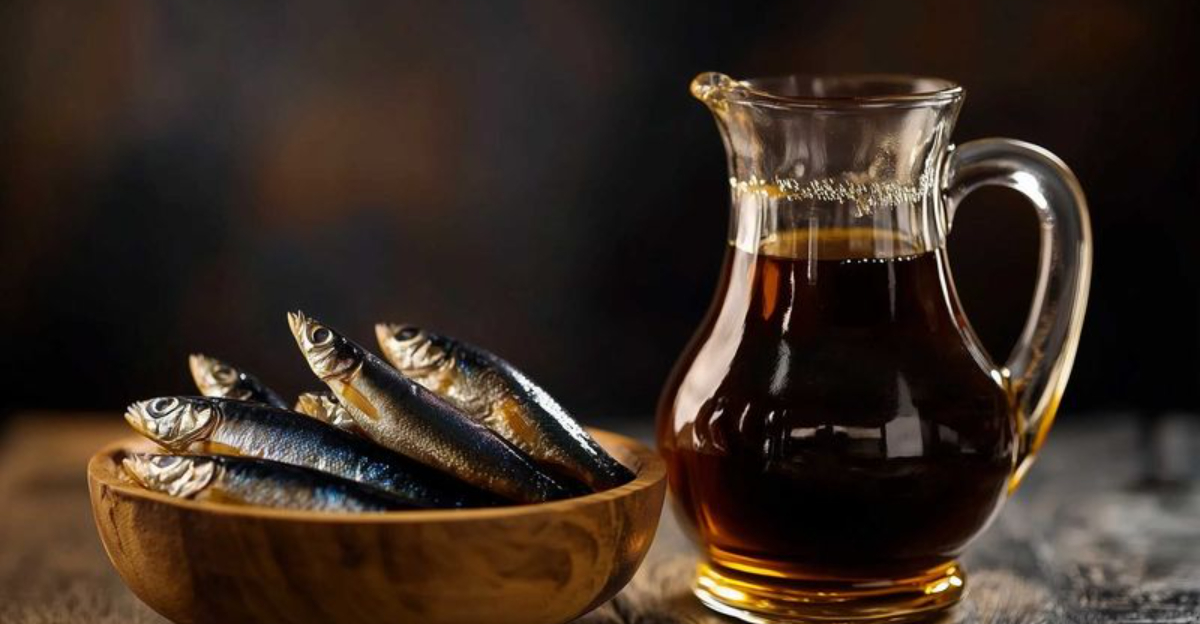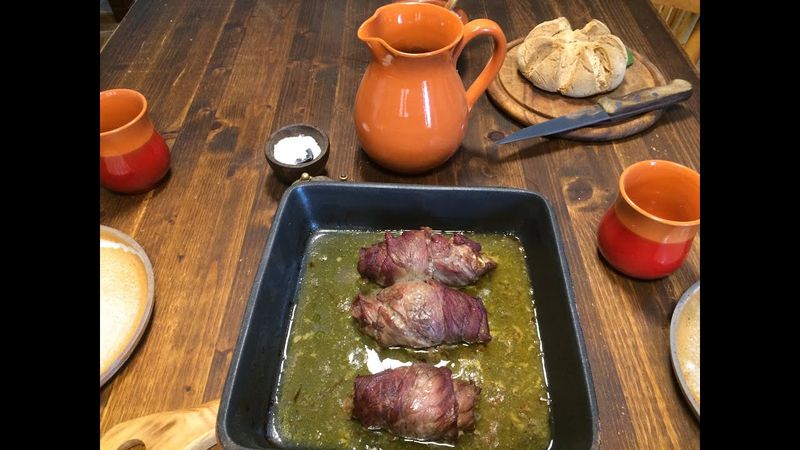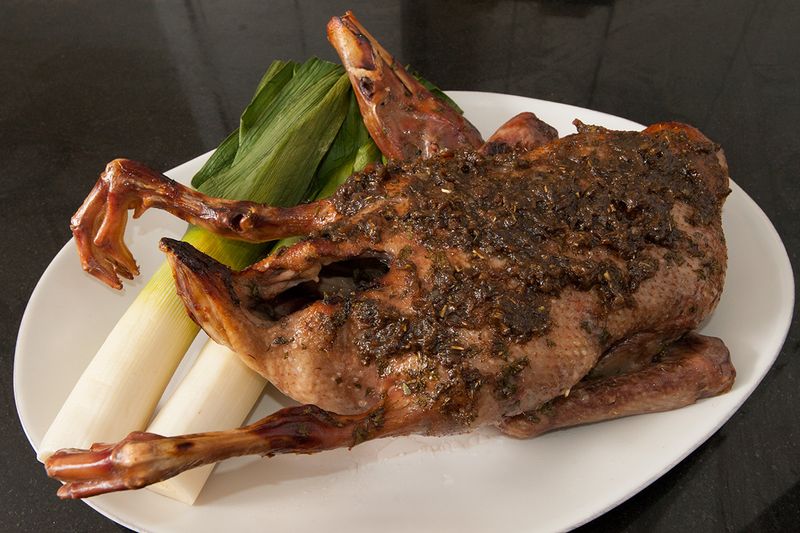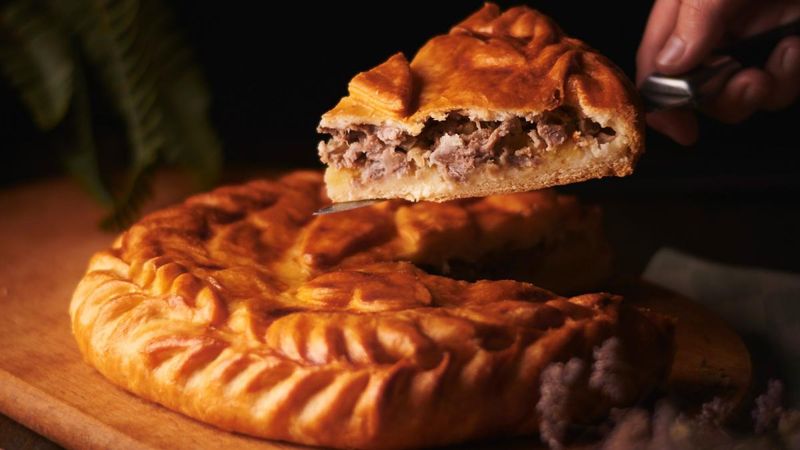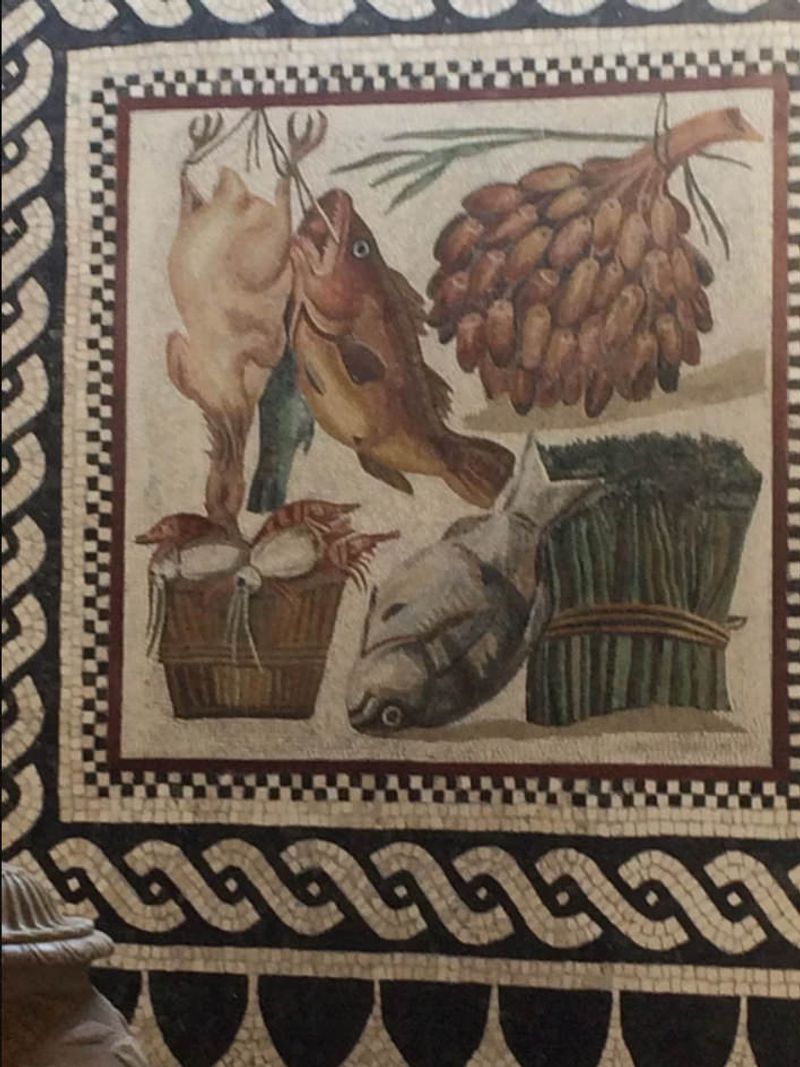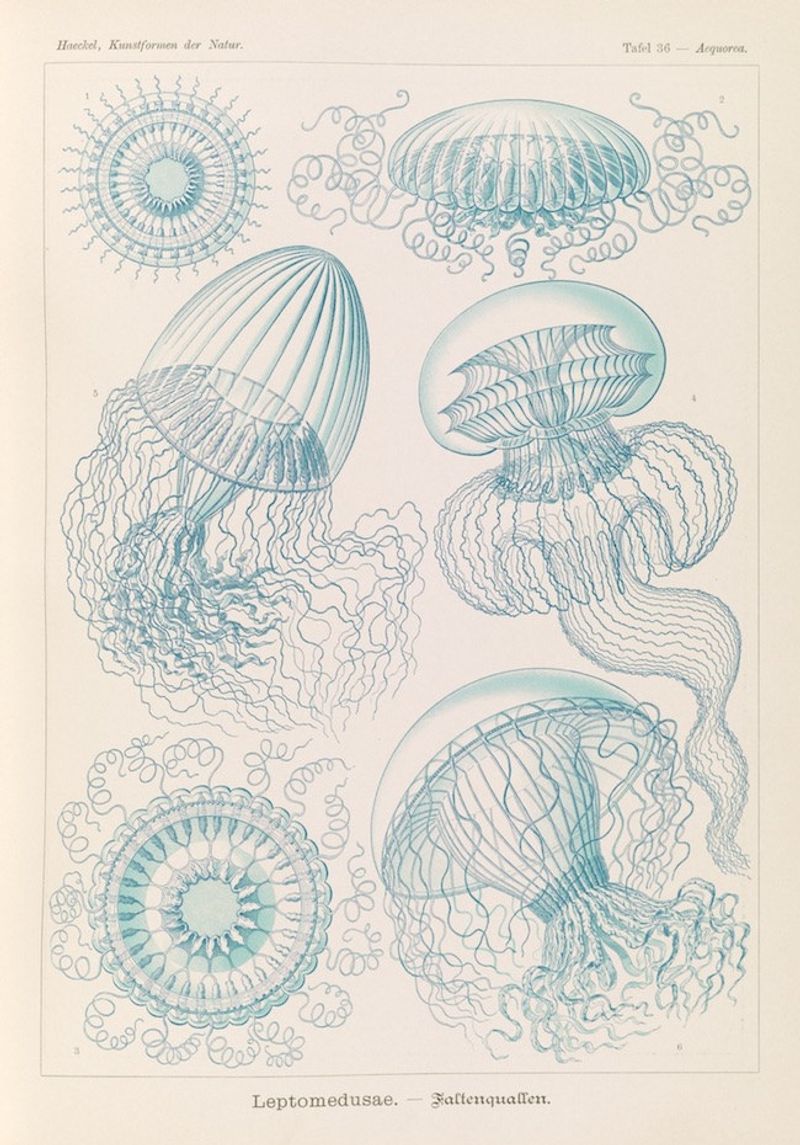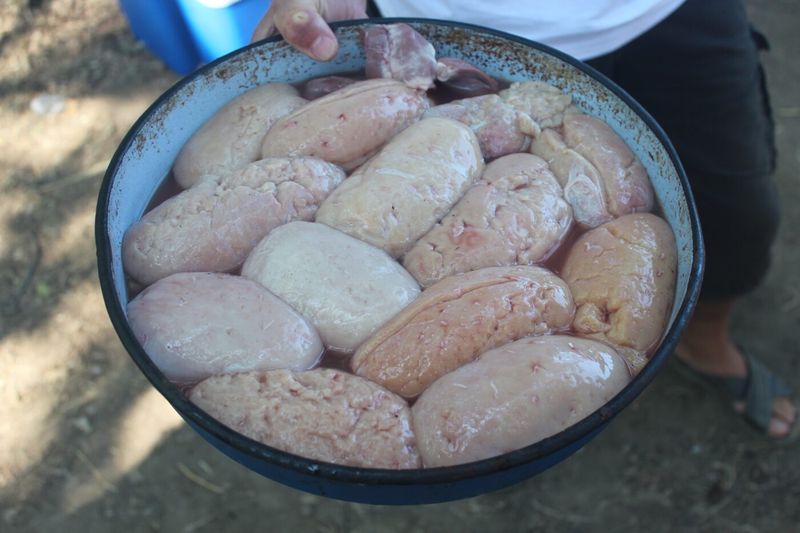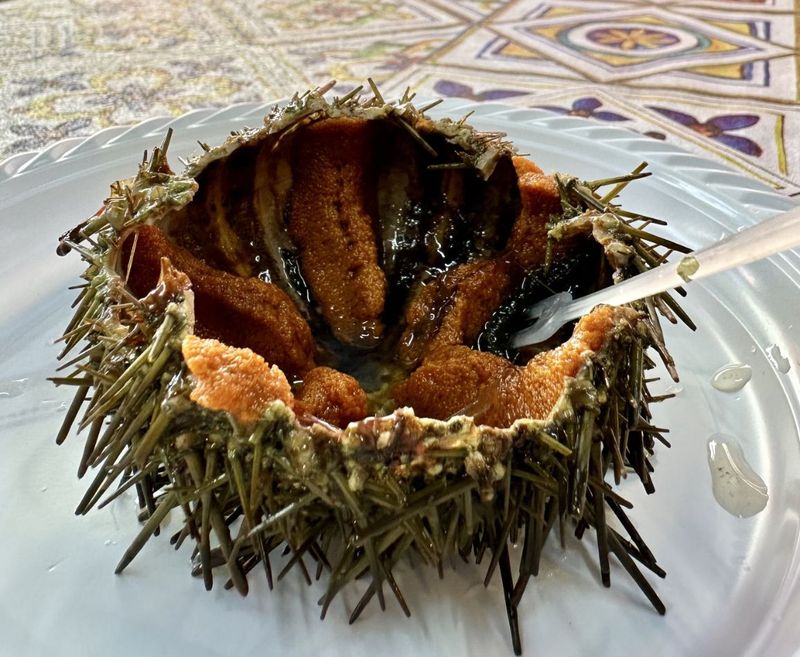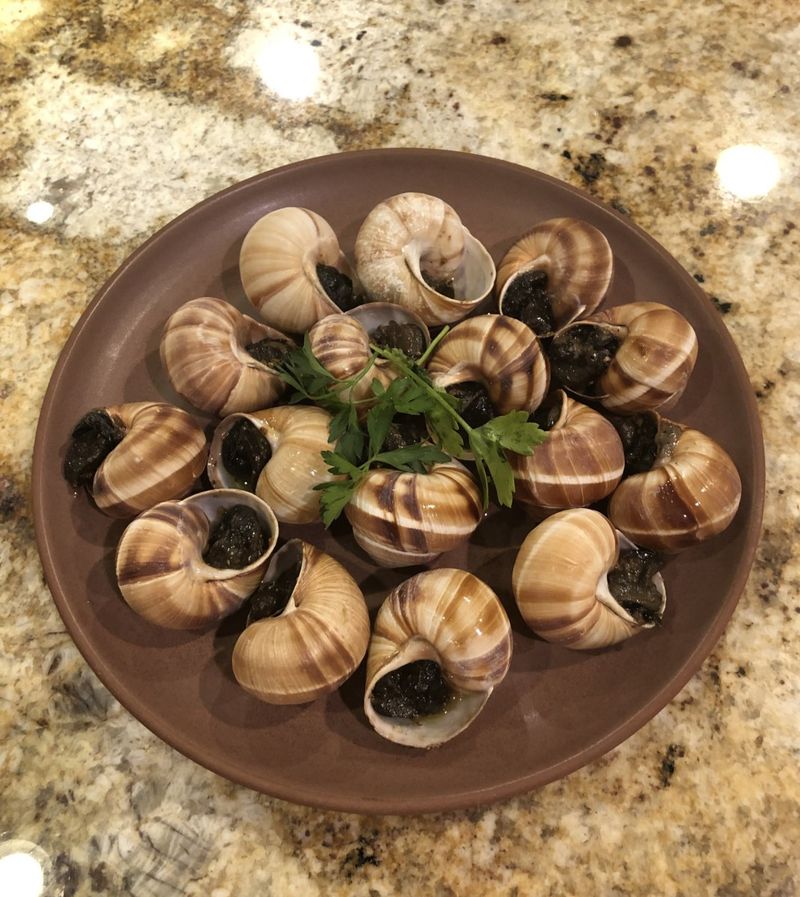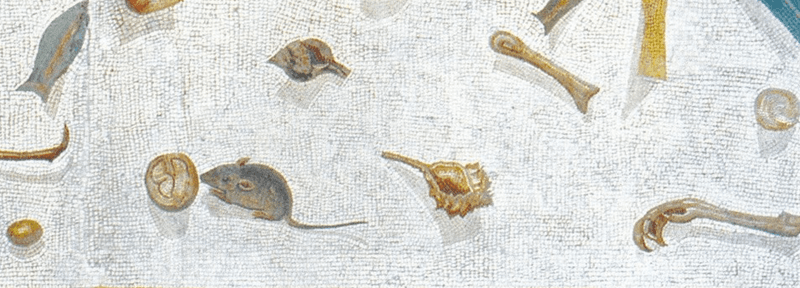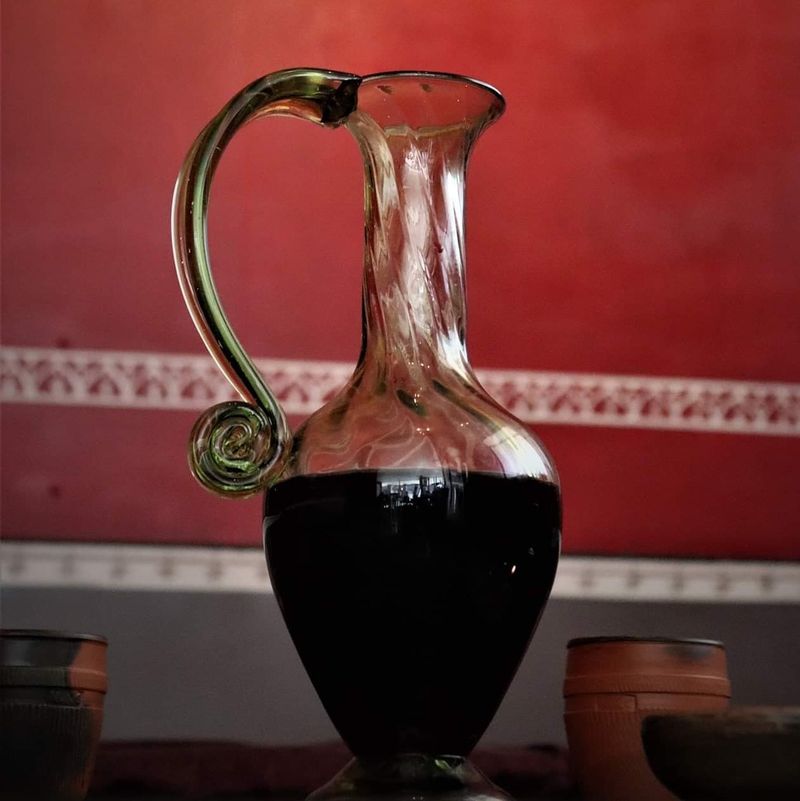Explore the unusual and often extravagant culinary practices of ancient Rome with this intriguing list of 15 bizarre foods. From fermented fish sauces to stuffed dormice, these dishes showcase the Romans’ adventurous palate and willingness to explore a wide range of flavors and textures. Discover how these peculiar foods were not only a testament to the Romans’ culinary ingenuity but also a reflection of their social and cultural values.
1. Dormice Stuffed with Pork & Pine Nuts
In the ancient world, dormice were not just a pest but a luxury item for Roman elites. These small rodents were fattened in special jars called gliraria. Once plump, they were stuffed with a rich mixture of pork and pine nuts, then roasted to perfection. Served as an appetizer, this dish symbolized wealth and indulgence. For the Romans, the dormice represented more than just a meal; it was a status symbol, a testament to their culinary creativity and social hierarchy.
2. Flamingo Tongue
Flamingo tongues were such delicacies, often prepared with rich sauces to enhance their unique flavor. Emperor Vitellius was rumored to have served them alongside peacock brains, showcasing the decadence of Roman feasts. The rarity of flamingo tongues made them a symbol of luxury and exclusivity. To taste one was to experience the height of Roman culinary extravagance, a reflection of the empire’s wealth and opulence.
3. Parrot Pie
In the realm of Roman gastronomy, spectacle often met taste. Parrot pie was a dish designed to astonish. Wealthy hosts would sometimes bake live parrots into pies, cutting the crust to let the birds fly out in a display of grandeur. This theatrical presentation was not just about flavor but about impressing guests with a show of wealth and creativity. The parrot pie was a testament to the Romans’ flair for dramatics in dining, merging culinary art with entertainment.
4. Sow’s Womb & Udder
A dish favored by Emperor Elagabalus, sow’s womb and udder was considered a prized delicacy. The reproductive organs of pigs were either boiled or roasted, creating a unique texture and flavor profile that appealed to the Roman elite. This dish highlighted the Romans’ bold approach to food, willing to explore parts of the animal that might be overlooked today. It was not merely about nourishment but about pushing the boundaries of culinary exploration.
5. Peacock Brains
The consumption of peacock brains symbolized the height of Roman decadence. Served at opulent banquets, these brains were a reflection of the social elite’s desire for rarity and luxury. Often, the birds were displayed whole, with their feathers reattached for dramatic effect. This presentation was as much about visual impact as it was about taste. Eating peacock brains was a celebration of excess, a culinary experience that highlighted the lavish lifestyle of Rome’s wealthy.
6. Garum (Fermented Fish Sauce)
Garum was more than a mere condiment; it was a staple in Roman culinary culture. Made from fish intestines, blood, and salt, the mixture was left to ferment in the sun for months. The pungent aroma and salty flavor made it a versatile addition to various dishes. Romans used it much like modern ketchup, drizzling it over everything from fruits to meats. Its presence on the Roman table was both common and essential, reflecting a taste for bold flavors and culinary innovation.
7. Stuffed Cow’s Uterus
Apicius, a renowned Roman gourmet, documented the recipe for stuffed cow’s uterus, showcasing the Romans’ love for innovative dishes. The uterus was carefully stuffed with a mixture of sausage meat, creating a rich and satisfying dish. This meal exemplified the Romans’ willingness to explore unusual ingredients, turning them into culinary masterpieces. The stuffed cow’s uterus was more than just a dish; it was a testament to the creativity and skill of Roman cooks.
8. Jellyfish & Eggs
The combination of jellyfish and eggs may sound unusual, but it was a testament to the Romans’ adventurous palate. This dish, possibly an ancient form of an omelet, combined the unique textures of jellyfish with the richness of eggs. It was a culinary experiment that appealed to those looking for something different. The Roman fascination with seafood extended beyond the ordinary, embracing the exotic and the unexpected in their quest for new flavors.
9. Roasted Songbirds (Beccafico)
Roasted songbirds, known as beccafico, were a favorite snack among the Roman elite. Tiny birds like thrushes and finches were eaten whole, bones and all, offering a crunchy texture that was both intriguing and satisfying. These birds were finger-food, enjoyed in the company of friends and family. The consumption of songbirds reflected the Romans’ appreciation for diverse flavors and textures, a testament to their sophisticated and varied palate.
10. Boiled Testicles (Lamb, Goat, or Boar)
Considered an aphrodisiac, boiled testicles from lamb, goat, or boar were a unique addition to Roman cuisine. Often served in rich sauces, they were a favorite at extravagant feasts. Emperor Heliogabalus was known to have dined on hundreds at a time. This dish was more than just a meal; it was a statement of abundance and indulgence, reflecting the Romans’ fascination with foods that promised more than just sustenance.
11. Sea Urchin & Garum Salad
The bold flavors of sea urchin and garum combined to create a salad that was both briny and savory. Raw sea urchins provided a unique texture, while the fermented fish sauce added depth and complexity. This dish was a testament to the Romans’ ability to balance flavors, contrasting the freshness of the sea with the pungency of garum. It was a culinary adventure, appealing to those with a taste for the bold and the unusual.
12. Milk-Fed Snails
Fattened on milk, these snails were a precursor to modern escargot. Romans appreciated the rich, creamy texture that came from this unique method of preparation. Once sufficiently plump, the snails were fried in oil, enhancing their flavor. This dish was a testament to the Romans’ culinary ingenuity, transforming something as humble as a snail into a luxurious delicacy. Milk-fed snails were a symbol of Rome’s culinary sophistication and creativity.
13. Elephant Trunk
After military victories, Roman generals celebrated with feasts featuring rare dishes like elephant trunk. This exceptional dish was served at triumphal banquets, symbolizing strength and grandeur. Emperor Probus was known to serve roasted elephant to his guests, showcasing the empire’s power and wealth. The consumption of such exotic meats was reserved for the most significant occasions, a testament to Rome’s expansive reach and culinary boldness.
14. Honeyed Mice (Dessert?)
Newborn mice, dipped in honey and sometimes rolled in poppy seeds, created a sweet-and-savory treat that piqued Roman curiosity. This dish was an example of the Romans’ willingness to experiment with flavors and textures, pushing the boundaries of what was considered dessert. The honeyed mice symbolized the blending of unexpected elements, making it both a culinary curiosity and a daring treat for those with adventurous palates.
15. Mulsum (Wine Mixed with Lead)
Mulsum, a wine sweetened with sapa (boiled grape syrup), was stored in lead pots, unknowingly poisoning the drinkers. Despite its sweet and appealing taste, the lead-laced wine had severe health consequences. Some historians believe that the consumption of such wine may have contributed to Rome’s decline. This beverage was a reflection of the Romans’ desire for sweetness and indulgence, often overlooking the hidden dangers in their pursuit of pleasure.
